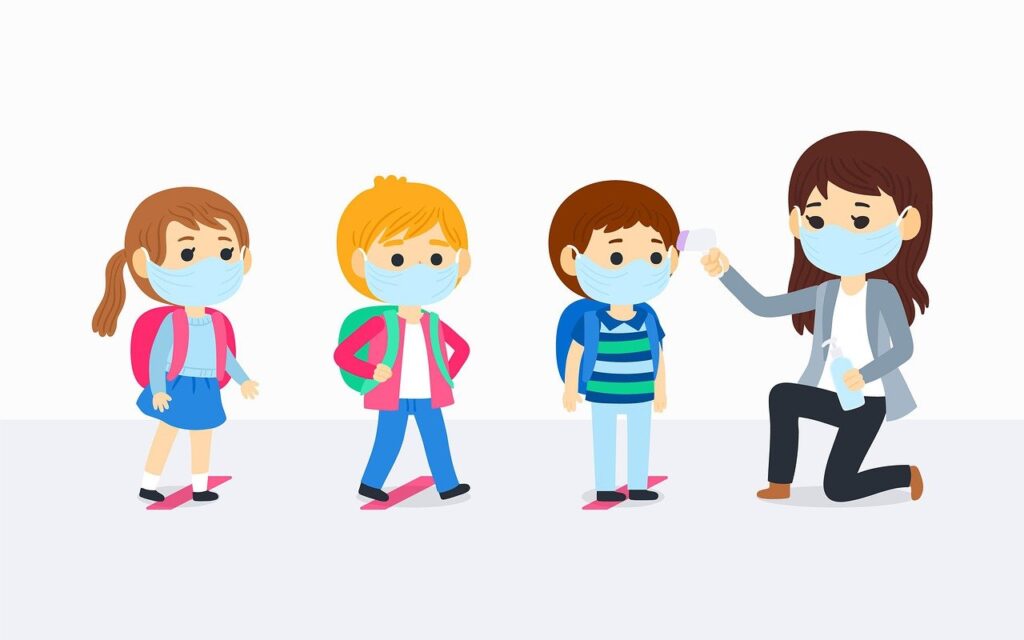How do I prepare for Surgery?
You have a diagnosis and the doctor, and you have discussed the best course of action being surgery.
What now? How do I prepare?
We understand that preparing for your surgery can be overwhelming, but it will make it easier on you and on your family by knowing what to expect, so that you can make the appropriate arrangements.
Prior to my surgery
1. Food & Drink
8 hours prior to your surgery, please do not consume food or liquids, as this could lead to anaesthetic complications. This includes sweets such as mints and chewing gum. Additionally, we also recommend that you do not smoke, chew tobacco, or consume alcohol for at least 24 hours prior to your surgery.
2. Hygiene & Dress
- You should brush your teeth but remember not to swallow liquids.
- Please do not wear jewellery, watches, and remove any body piercings.
- Do not bring any valuables with you.
- You may wear your dentures and/or glasses, however, please bring along their cases for safe keeping during your surgery. If you are a contact lens wearer, please bring along your solution and case as you will need to remove your lenses prior to surgery.
- Please wear comfortable clothing and footwear and bring along appropriate clothing for the procedure being performed, such as a loose-fitting dress for a lower limb procedure or a loose button-down shirt for shoulder surgery.
- If you have been given medical equipment prior to your surgery date, such as crutches, walkers, postoperative shoes, please bring them along.
- You may also want to bring pillows and blankets to make your trip home comfortable.
3. Medication
- Ensure that you stop taking aspirin, and anti-inflammatory medications 7 days prior to surgery unless otherwise instructed. Examples of anti-inflammatories include: voltaren, Ibuprofen, Advil, Aleve, Motrin, Naproxen, etc.
- However, it is okay to take Tylenol (acetaminophen) if something is needed for pain.
- If you are currently taking a prescription blood thinner (Coumadin, Plavix, etc.) on a regular basis for heart problems or stroke, please call your surgeon’s office immediately for further instructions.
- You may take your usual morning blood pressure, heart, acid reflux, and/or seizure medications on the morning of surgery with a sip of water.
- Do not take any diabetic medicine the day of surgery. However, please make sure to bring your diabetic medication with you.
- Please provide the doctor with an accurate list of your daily medications to ensure that your health care is optimized.
- If you experience any health changes, such as a fever, cough, or other health-related problems, please notify your doctor immediately, you may need to reschedule your operation.
4. Transportation
You will not be able to drive post-surgery, so please make arrangements that someone responsible is able to take you home.
5. Prepare your home
If you have lower limb surgery, you may require ambulatory devices such as crutches or walkers. If your bedroom is not on the main floor, you may have to make the necessary arrangements.
Post surgery
1. Pain Management
You will be provided with pain medication from your doctor, to assist in managing your pain while you heal.
2. Assistance
Depending on the type of surgery you had, you may require assistance from a family member or friend during your post operative procedure.
3. Ambulatory
For Lower limb surgery, as soon as your surgery is over, the doctor will generally refer you to the physiotherapist. The reason for this, is that early mobilization post-surgery is extremely important. This prevents complications such as deep vein thrombosis, blood clots that could lead to a stroke. It also improves blood circulation which will assist with wound healing.
4. Prevent Infections
You are vulnerable post-surgery, your immune system is weaker. Good hygiene as well as mobilization, will help prevent you from getting infections post-surgery.
5. Surgical Dressing Changes
If your doctor referred you to the wound care clinic, post-surgery. for dressing changes. Please attend, as this will prevent post operative complications such as wound infections.
6. Post operative Appointment
By all means possible, please keep to your post operative appointments. It is essential to ensure that everything is going well, there are no complications and that you are well on your way to recovery.
6. Referrals to Physiotherapist and Occupational Therapist
Post surgery your doctor may refer you on an outpatient basis to a physiotherapist or an occupational therapist.
It is essential that you attend these sessions. These professionals will assist in assessing your functionality as well as provide you with the necessary exercises to speed up your recovery.
Paediatric Fractures
K-wire fixation is indicated if
- There is a fractures in epi-/metaphyseal areas of the long bones (Ulna and Radius of the upper limbs, or the tibia and fibula of the lower limbs)
- Fractures of small bones (eg, hand and foot)
- Small bony fragments
- For fragment reposition in multifragmentary fractures in addition to stable fixation
K-wire size is chosen according to the age of the child and the size of the fragment.
K-wires need to be removed to prevent infection, pin loosening or migration.
Post K-wire insertion
Your child has had a k wire inserted to assist the fracture to
heal.
You will need to visit our rooms in 6 week time to assess the fracture. Your
appointment date will be given to you by the nursing staff.
If the fracture is sufficiently healed, doctor will discuss with you the procedure to
remove the k wire as well as a convenient date to do so.
We will then contact your medical aid to obtain authorization, for removal of the k
wires in theatre.

Lower Limb Injuries - Why am I still experiencing pain and swelling?
Types of lower limb injuries
- Sprain and strain of the joints of the lower limbs, that is, injuries that cause pain and/or swelling to the joints of the knee, ankle or foot.
- Fracture of bones of the lower limb, such as fractures to the femur, tibia, fibula or the bones of the feet (tarsals, metatarsals and phalanges).
Swelling: The Body’s Reaction to Injury
What is swelling?
Swelling is any abnormal enlargement of a body part. It is typically the result of inflammation or a buildup of fluid.
How does swelling occur?
The body always responds to an injury with a predictable inflammatory response, as the first step towards healing. Redness, heat, swelling and pain are associated with this first stage. Redness and heat are caused by increased blood flow. Swelling is the result of the increased movement of fluid and white blood cells into the injured area. The release of chemicals and the compression of nerves in the area of injury cause pain. The pain and swelling can keep the person from using the injured part, serving to protect it from further injury.
The ankles and legs are more common sites of gross swelling because of gravity’s effect on the fluids in the human body. It is more difficult for the heart to pump blood against gravitational forces in the lower limbs.
Thus, injuries that occur in the lower limbs are more prone to swelling, bruising during the healing process.
What should I do about the swelling?
In the early phase, remember PRICE:
- Protection: Protection from further damage.
- Rest: Avoiding use of the injured area.
- Ice: Applying ice packs, without them touching the skin directly.
- Compression: Wrapping the injured area with an elastic bandage to provide support, reduce blood flow, and limit swelling.
- Elevation: Keeping the area raised above the level of the heart to reduce swelling.
This Information is purely designed in order for you to better understand your symptoms.
For any complications, please visit the trauma unit at Melomed Hospital, Richards Bay.
Address
Life Empangeni Private Hospital, Garden Clinic, Doctors Block A, Suite 6, Corner of Biyela & Ukula Street, Empangeni, 3880
Covers Richards Bay, Empangeni & Surrounding Areas
Address
Netcare The Bay Hospital, Second Floor, Suite M10, 6 Krugerrand Grove, CBD, Richards Bay, 3900
Covers Richards Bay, Empangeni & Surrounding Areas

